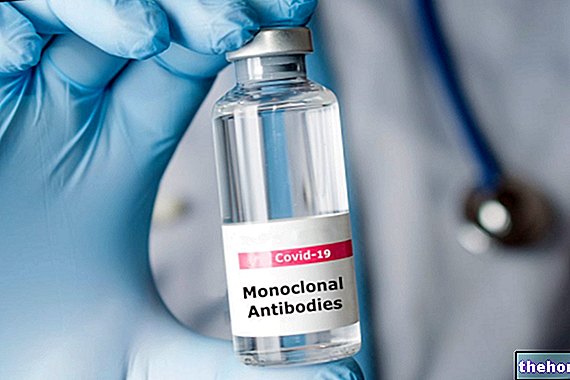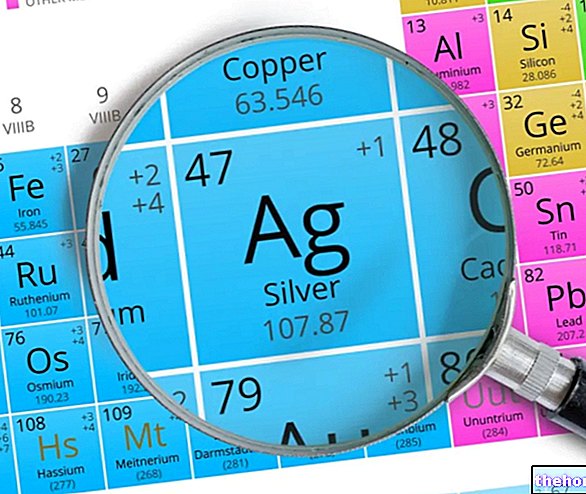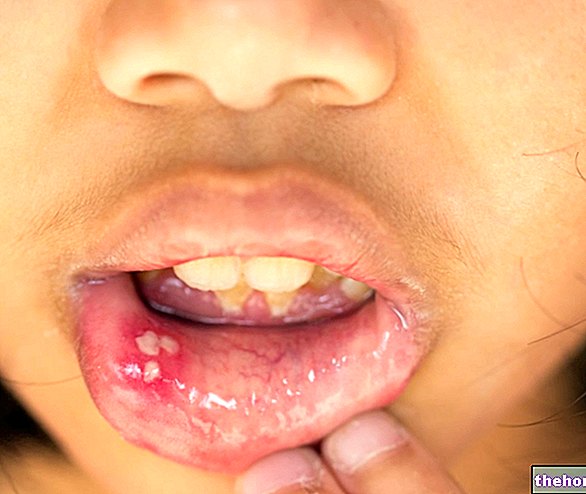Generality
Tarlov cysts - also known as perineural cysts - are cystic lesions containing cerebrospinal fluid, which form in the spine, especially in the sacral area.

As an indication, it is estimated that the incidence of Tarlov cysts in the adult population is 5%, but of this percentage, only 1% has the symptomatic form.
Causes
Even today, the causes responsible for the formation of Tarlov cysts remain a mystery, although many hypotheses have been made.
For example, some authors hypothesize that Tarlov cysts may be caused by: anomalies in the functions of production and reabsorption of CSF by the meninges; changes in the pressure of the cerebrospinal fluid itself; meningeal fragility and / or viral infections caused by Herpes simplex.
In some cases reported in the literature, however, Tarlov cysts (not previously diagnosed) have manifested their symptoms following trauma reported at the level of the coccygeal area.
Therefore, the appearance of Tarlov cysts and the manifestation of their symptoms could be caused not by a single cause, but by a set of different factors.
Symptoms
As mentioned, Tarlov cysts are cystic lesions containing cerebrospinal fluid, located along the spine and asymptomatic in the majority of cases.
However, these cysts may grow in size over time and put pressure on the spinal bones and nerves where they form. This compression, in turn, can lead to the onset of radiculopathies.
Given the pressure exerted by Tarlov cysts on the nerves, it can be said that the main symptom they cause is neuropathic pain. However, depending on the areas on which Tarlov cysts exert their pressure, more specific symptoms may appear, such as:
- Bone thinning and erosion (especially in the case in which Tarlov cysts are located at the sacral level);
- Lower back pains;
- Sciatica;
- Pain in the lower limbs;
- Paresthesia or hypoesthesia of the lower limbs;
- Paraplegia;
- Spastic tetraparesis;
- Hyperreflexia;
- Perineal pain;
- Stiffness of the back and neck muscles;
- Neck pain;
- Muscle atrophy and paralysis;
- Headache related to intracranial hypotension;
- Dizziness;
- Cervical pain.
It goes without saying that these symptoms can negatively affect the lives of patients who are afflicted by them.
Symptoms related to Tarlov cysts can also lead to the onset of serious consequences, such as walking problems, bladder dysfunction, sphincter disorders and erectile dysfunction.
Diagnosis
Tarlov cysts constitute a real pathology, which unfortunately is still little known and does not manifest visible symptoms that help to predict, or at least identify, their onset promptly. In fact, in most cases, Tarlov cysts are discovered by chance during the execution of tests carried out to identify other pathologies and, very often, are defined as "occasional findings".

Image of a Sacral Tarlov Cyst, obtained by magnetic resonance. From the site: tarlovcyst.eu
However, the main method by which it is possible to diagnose the presence of Tarlov cysts is to perform an MRI.
Treatment
Once diagnosed, the treatment of Tarlov cysts can depend on several factors, including the site at which they formed, the symptoms presented by the patient and the severity of the disease.
In some cases, it is possible to resort to surgery, but the results are not always as expected.
As far as pharmacological therapy is concerned, however, this basically consists of a palliative treatment, aimed at relieving patients from the continuous neuropathic pain that afflicts them.
The main drugs used in the treatment of neuropathic pain are:
- Tricyclic antidepressants, such as clomipramine
- Selective serotonin and norepinephrine reuptake inhibitor antidepressants (or SNRIs), such as duloxetine;
- Anticonvulsants, such as gabapentin and pregabalin;
- Opioid pain relievers, such as tramadol
- Local anesthetics, such as lidocaine.
In addition, depending on the case, the doctor may also prescribe the administration of muscle relaxants, such as, for example, baclofen.
Finally, in patients with Tarlov cysts it may be necessary to resort to psychological support, given the decidedly negative repercussions that this pathology can have on the quality of their life.



























